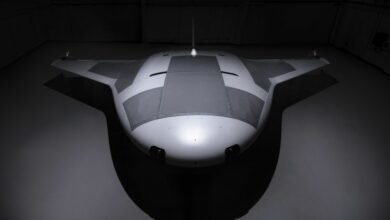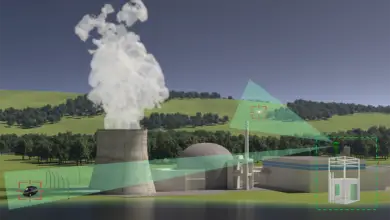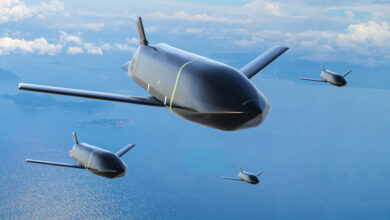A graduate student researcher with the US Army Combat Capabilities Development Command has presented a model for the development of quieter drones using high-fidelity computational fluid dynamics (CFD).
CFD is a method that provides a qualitative (and sometimes even quantitative) prediction of fluid flows. The new model, proposed by Miranda Costenoble, is based on obtaining the parameters of the aircraft’s airfoil boundary layers — the airflow near the surface of the rotor blade’s airfoils — using CFD.
The US Army wants their small drones to be quieter for surveillance tasks so they can be deployed in dense areas without the risk of being discovered. “If the adversary is aware that they’re being surveilled, they might shoot the sUAS down or hide from it,” Costenoble said.
However, reducing the noise emission of small unmanned aerial systems (sUAS) has been a challenge, as the aerodynamic model of an sUAS differs from that of a full-sized rotorcraft.
Small drones have propellers that spin thousands of revs per minute, “whipping” the air to create lift and movement. This yields mid-to-high frequency sound waves that seem noisy. A big rotorcraft, on the other hand, yields lower sound frequencies because its larger rotors can generate the needed power with less spinning.

Present Models Three Decades Old
Developers currently use “semi-empirical” models when designing sUAS. However, those models are three decades old and were developed for a particular airfoil. They “need to be updated to account for the physics of different airfoil shapes,” Costenoble said.
Costenoble, who is also a doctoral candidate at the University of Maryland College Park, said that “the parameters of the boundary layer flow are not available in prior literature for most airfoils, and cannot necessarily be obtained from simplified aerodynamics methods.”
She said without this methodology, researchers would obtain this kind of information from expensive and time-consuming wind tunnel tests where air is made to flow past an aircraft model.
The project is part of an army research program that seeks to address UAS design and control challenges.











